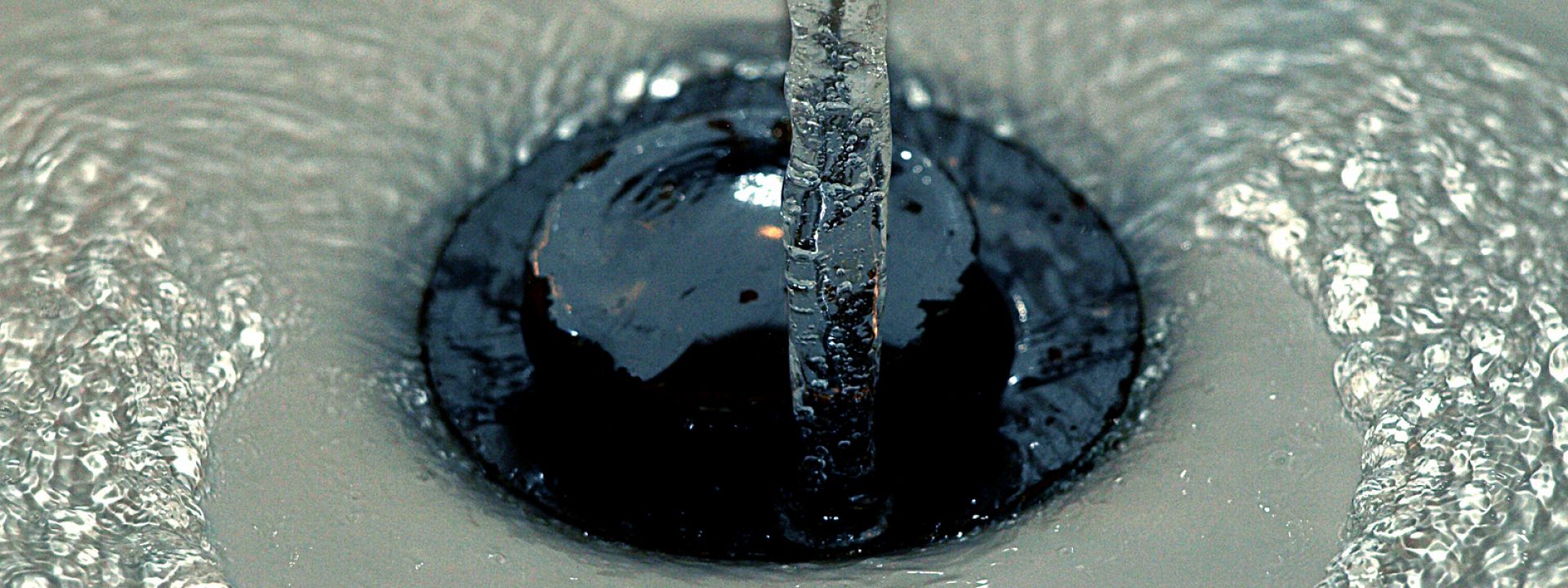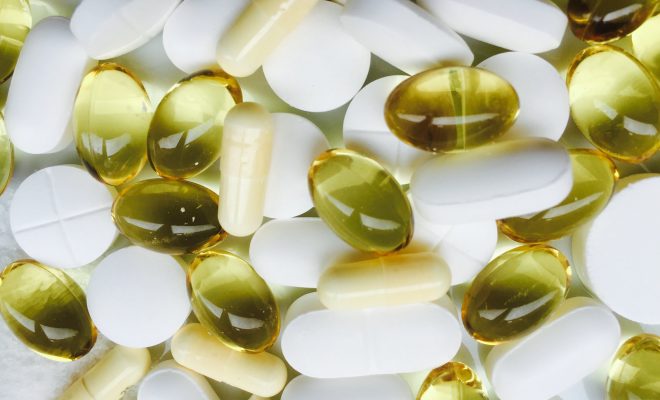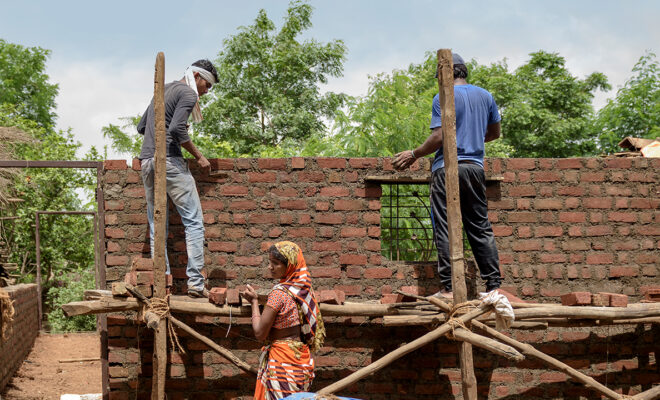Summer is the time of the year when we drink the most. It is also when we are more concerned about the quality of the water. Regardless of where we are, there are three types of water we are able to drink: tap water, bottled water and the one that flows from wells and springs. Now is the best time to find out about their features and their relation to health, to the economy and the environment.
In this video, Damià Barceló, director of the Catalan Institute for Water Research (ICRA), summarises the general situation we have in Spain in reference to drinking water:
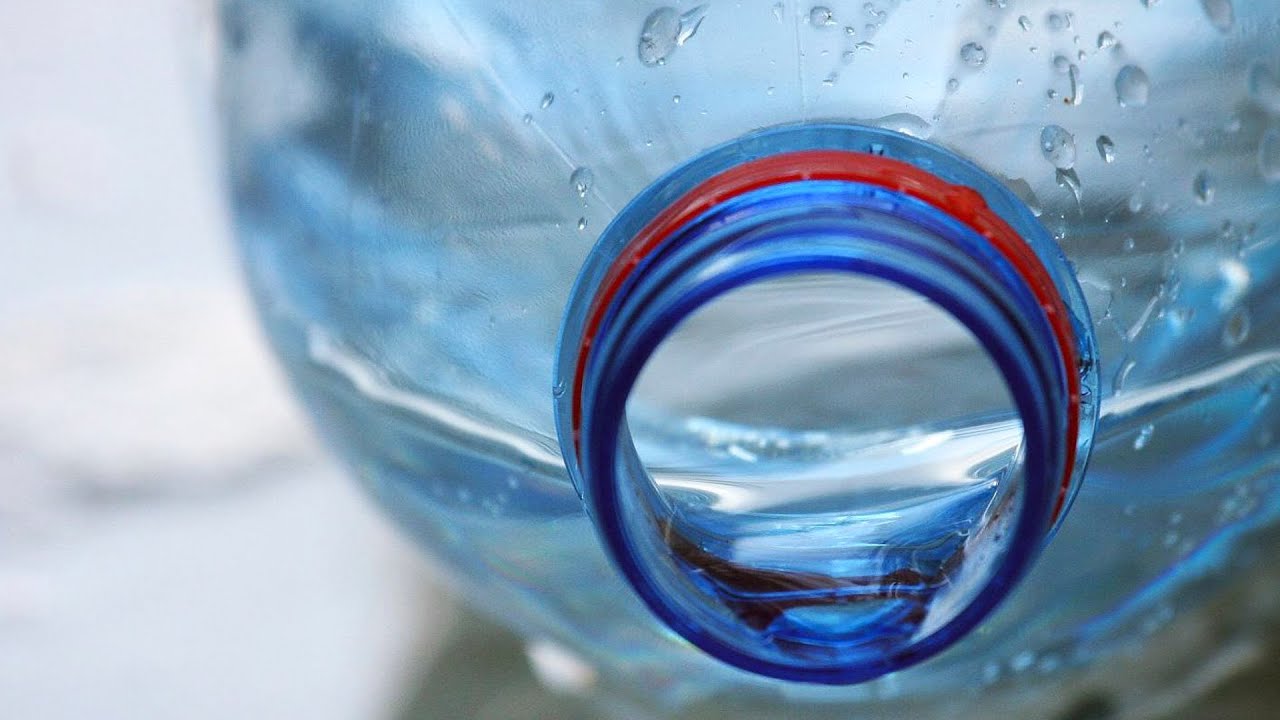
We cannot turn aside from the vulnerability of the drinking water we have available. Let’s take a look at the three main types of drinking water and at the pros and cons of each one of them.
Bottled natural mineral water
This water does not need any chemical or microbiological treatment, as it is fit for human consumption in its original state. In order to ensure this, the Spanish Agency for Consumer Affairs, Food Safety and Nutrition (AECOSAN) is the one who regulates and controls thoroughly its chemical composition, which is the one that appears on the labels. Spain is the sixth biggest consumer of bottled water in the world, with 137 litres per person and year.
When we drink bottled mineral water we know what we are drinking, although these waters can suffer accidents or human errors that may pollute them, as seen recently in some cases shown in the media.
Mass-market mineral water is entirely bottled in PET bottles (polyethylene terephthalate), which is the type of flexible plastic used by the members of the National Association of Bottled Water Companies (ANEABE- Asociación Nacional de Empresas de Aguas de Bebida Envasadas). No Bisphenol A is used in the manufacturing of this material, an additive that makes plastic used in food containers more rigid and whose toxicity, should it be transferred to the food, is being discussed by experts.

The international identification code of PET bottles
The current PET (or PETE) bottles are safe, although it is recommended not to reuse them many times in order to avoid their deterioration, which could affect the water by means of microbiological contamination. PET is a 100% recyclable plastic, and its main problem is our resistance to do so; if we recycle plastic we solve one of the environmental problems attributed to bottled water. In order to identify if a bottle has been manufactured with PET, look at the base of the bottle, there you will see the characteristic triangle inside which you may see the number one (see figure).

© Cristina Barredo / We Are Water Foundation
Another type of bottled water is treated water, Barceló points out. This is water with a guarantee for consumption that is distributed in many countries around the world, many of them Asian and African. In Spain there are several bottled waters with these features that are specified in the labels.
Drinking water from the tap
This is water from the supply system. In Spain, it is regulated by the Autonomous Health Administration and by similar state bodies in most European countries. We do not know where this water comes from but there is a guarantee regarding its food safety as it is regularly treated to disinfect it and to control the levels of toxicity.
According to the Spanish Association of Water Supply and Sanitation Services (AEAS-Asociación Española de Abastecimiento de Agua y Saneamiento), water from the public supply network is the food product that is subject to more controls, with a frequency that can be even daily. But not all drinking water supplied by urban networks has the same quality, although it is always fit for consumption.
The main benefit of this water if for our pocket: approximately one cubic metre (1,000 litres) costs 1,57 euros (plus VAT), while the price of bottled mineral water in the supermarket is between 0,15 and 0,80 euros per litre, depending on the spring and its mineralization. In 2011, the average consumption of tap water in Spanish households reached 142 litres per person and day.
Domestic water is chlorinated, that is, chlorine or sodium hypochlorite is added in order to eliminate pathogenic micro-organisms that have not been eliminated in previous stages of the purification treatment. This is the main cause of the bad taste we sometimes feel in tap water. Chlorine may cause dermatitis, eczema and different types of allergies. For this reason in some cases it is advisable to install an active carbon filter at the point of use. The different concentrations of calcium and magnesium, for instance, may also affect the taste and may be even be harmful for some users.
The main problem of tap water is the presence of the so called emerging pollutants that continue being discovered every day and that are not included in the existing regulations (see the article on the emerging pollutants). The great challenge in the purification of domestic water and its possible reuse is to control and eliminate these pollutants, which leads to continuous scientific and technological research.
Another problem of domestic water is the possible contamination due to the poor condition of the pipes that may contain micro-organisms, nitrates, pesticides and heavy metals. This is not common, and even less in Spain, where the distribution network is in a good condition.
We may verify the quality of water in Spain at the website of the National Information System on Drinking Water (SINAC), which belongs to the Ministry of Health, an institution that also issues annual technical reports on the quality of water. According to the 2014 report, 99.5% of the Spanish domestic waters comply with all health requirements.
Water from springs and wells
As explained by Barceló in the video, the pollution of groundwater in areas of intensive agriculture and cattle farming in Catalonia has led to the recommendation against the consumption of water from springs or wells except in high mountain areas. This problem can also be found in many other areas of Spain. The intensive use of fertilisers and the dumping of slurry have led to the presence of nitrates (NO3) in groundwater that exceeds 50 mg/l, the maximum level established by the EU.
Nitrate is one of the more frequent pollutants of rural groundwater. It needs to be controlled in drinking water as excessive levels may lead to methemogloblinemia, which in children under the age of 12 months causes the “blue baby syndrome”. Another origin of nitrates in groundwater is the filtrations from septic systems and from manure storage. In some rural ground waters there are also undesirable levels of pest-control substances used in agriculture and in forestry.
Water from wells and springs praised by our grandparents has ceased to exist for many of us. This is a symptom that should raise our awareness and inspire us to recover the lost water paradise.
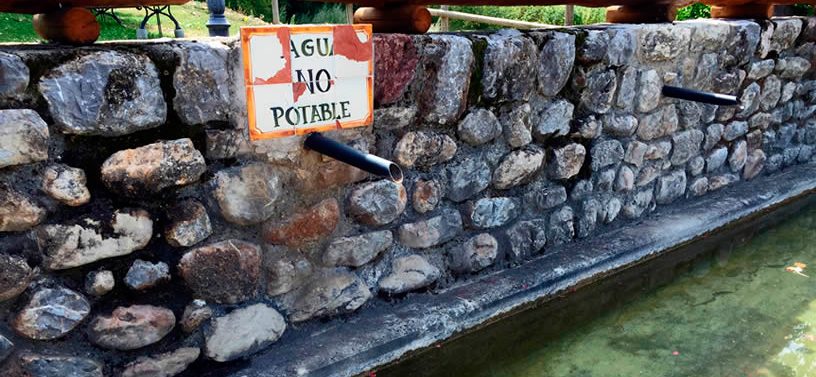
© Cristina Barredo / We Are Water Foundation


